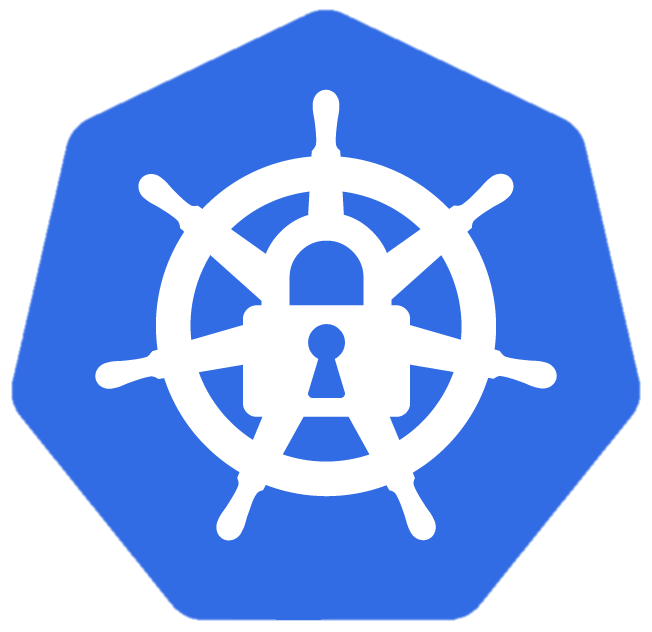
Attackers may try to map the cluster network to get information on the running applications, including scanning for known vulnerabilities. By default, there is no restriction on pods communication in Kubernetes. Therefore, attackers who gain access to a single container, may use it to probe the network.
An attacker can for example use a network port scanning tool like naabu to scan the cluster for available pods and services.
apiVersion: v1
kind: Pod
metadata:
name: naabu
spec:
containers:
- image: projectdiscovery/naabu
name: naabu
command: [ "naabu", "--host", "10.42.0.0/24",
"-p", "22,53,80,8080,443,8443,6443,2379-2380,10250,10259,10257,10250",
"-silent"
]
Please note that neither the IP address range nor port range is representing a full list on what could be of interest and it can vary for each cluster.
$ kubectl logs naabu
10.42.0.0:80
10.42.0.0:443
10.42.0.7:80
10.42.0.9:8443
10.42.0.1:80
10.42.0.1:6443
10.42.0.1:10250
10.42.0.1:443
10.42.0.8:443
10.42.0.8:80
10.42.0.2:53
10.42.0.2:8080
The following command assumes you have a pod called my-pod running and it offers you to execute the nslookup command.
$ kubectl exec -it my-pod -- nslookup 10.42.0.2
2.0.42.10.in-addr.arpa name = 10-42-0-2.kube-dns.kube-system.svc.cluster.local.